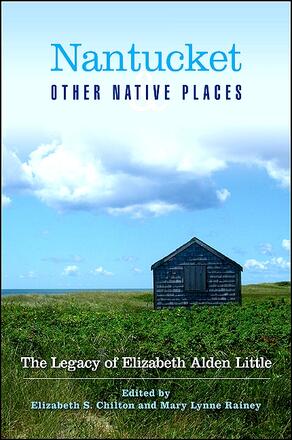
Nantucket and Other Native Places
The Legacy of Elizabeth Alden Little
Alternative formats available from:
An indispensable, up-to-date overview of the archaeology of the Native peoples and earliest settlers of eastern Massachusetts.
Description
The archaeology and histories of the Native peoples and earliest settlers of eastern Massachusetts come vividly to life in these pages. Leading archaeologists and anthropologists share the latest findings and interpretations on a wide range of topics, including the archaeology of the Jethro Coffin House, arguably the oldest house in Nantucket; the origin and significance of maize horticulture; the production and distribution of wampum; Native women sachems of Martha's Vineyard; Native vernacular architecture at Nantucket; the "Indian planting fields" at Concord; fertilizer and Native horticulture; the enduring strands of significance of drift whales; and an insightful examination of a seventeenth-century house in Duxbury.
A tribute to the career of the influential archaeologist Elizabeth Alden Little (1926–2003), Nantucket and Other Native Places offers an essential introduction to the archaeology of eastern Massachusetts. The book includes an homage to Elizabeth Little's life and career by renowned archaeologist Dena F. Dincauze, as well as a comprehensive bibliography of her extensive published work.
Elizabeth S. Chilton is Associate Professor and Department Chair of Anthropology, and the Director of the Center for Heritage and Society at the University of Massachusetts Amherst. Her research, publications, and teaching focus on the archaeology of New England, Native history, maize horticulture, social complexity, cultural resource management, and the analysis of material culture. Mary Lynne Rainey is a former senior consultant for Natural Resource Group, LLC. She has worked in the field of cultural resource management across New England and the Middle Atlantic region since 1979, and she has directed more than twenty projects on the island of Nantucket.
Reviews
"…this volume contains much that is new, both in content and methodology. " — Journal of Middle Atlantic Archaeology